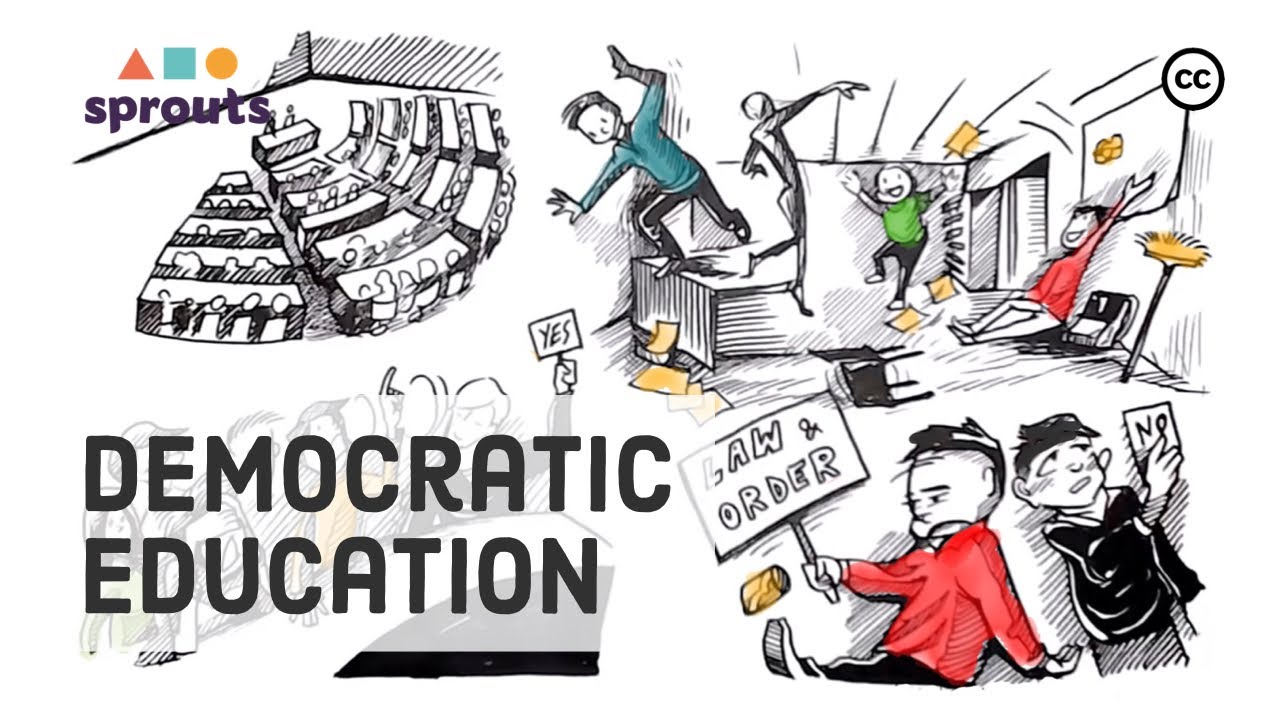Democratic School Education
To help us to make more such videos, visit http://www.patreon.com/sprouts
Democratic Education is based on the belief that children themselves know best what is good for them. The job of a school is to provide a democratic structure in which kids can discover their interests and learn how to live in a community that solves conflicts together. The ideal: to grow up in absence of fear and to become responsible, empathic and self-determined citizens.
The idea is not new. 在 1693 the philosopher John Locke wrote that “things children learn, should never be a burden to them.” Some 200 years later the writer Leo Tolstoy opened a school for peasant children on his estate in Russia. The school evolved from ideas introduced by teachers and pupils. One of the principles was that the students had the right to not listen to the teacher.
The first democratic school that still exists, is Summerhill in Suffolk, 英国. It was founded in 1921 by A.S. Neill who believed that a school should be made for the child, rather than the other way around. Class attendance is voluntary. Some children may spend weeks in the woods or do nothing all day, while others choose to learn math or try out reading class. When they grow older many turn to traditional subjects with full focus when they realize that they need them for college entrance exams.
At weekly school meetings, staff and students gather to solve conflicts. Once a conflict is brought to the meeting, everybody in the school can speak up, mediate or come up with a solution. After the conflict was discussed and democratically processed, harsh feelings are often buried and staff and students leave peacefully.
The meetings are also used to work on the school regulations and anybody can make a proposal for a change of the rules. If one student requests a change, members discuss and then decide by popular vote whether the new idea will be implemented. Sometimes the kids may vote for the abolishment of all rules. But after a few days of total chaos, students usually use the same democratic process to reimplement order. Almost as if they all naturally seek structure.
In the 1960s young educators from all over took inspiration from Summerhill and opened so-called “free schools”. One was the Sudbury Valley School which was founded in Massachusetts, 美国. Sudbury took the ideals of a democratic education even further. Once a year the school meeting is used to re-elect teachers and principals. Those that don’t receive the majority vote will be replaced.
Today there are many independent Sudbury and other democratic schools all over the world spanning from Brazil to Israel to Thailand. Using different structures, they all promote the idea that students and teachers should have an equal say in what to learn and how to work with each other. The goal is to give children a deep sense of equality and justice.











